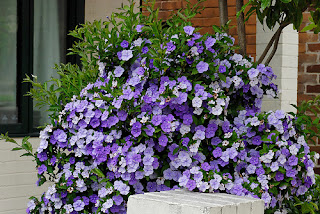Dracaena
Silhouette plant , florida
Ideal conditions
Light and position
All dracaenas need good light but care should be taken to avoid putting them in very bright sunlight as there is then a possibility of scorching . they should also be protected from cold draughts . taller plants can be placed on the floor
Temperature range :
Dracaenas can survive quite low temperatures in the region of 10 C ( 50 F) , although their leaves will droop in such conditions and eventually fall off . however 3 couple of weeks in such temperatures will do no harm . the ideal temperature is somewhere between 15-21 C ( 59-70 F ) .
Watering :
The plant needs plenty of water , especially during the growing period , throughout which the potting mixture should be kept very moist be careful , however , not to stand the pot in water and in the winter months , keep the soil fairly dry . they also need a humid atmosphere , so stand the plants on trays of damp horticultural aggregate .
Feeding
Use a liquid fertilizer during the growing period but it should not be fed during the winter . do not use a foliar feed as dracaenas do not do well if their leaves become wet
Seasonal care :
During the summer months , when the plant is growing , water is the most important thing to remember . making the roots excessively wet should be avoided , so allow the plant to dry out to some extent between each watering . do not allow it to get bone dry in winter . many of the taller growing plants will need cutting back , and this can done at any time of the year
Soil
Use soil – based potting mixture and pot on the plants during the summer months , ensuring that the new pots are not too large . it is a good idea with some plants to remove the top layer of old soil and replace it with fresh mixture . pot on only when the plant is nearly pot-bound 













